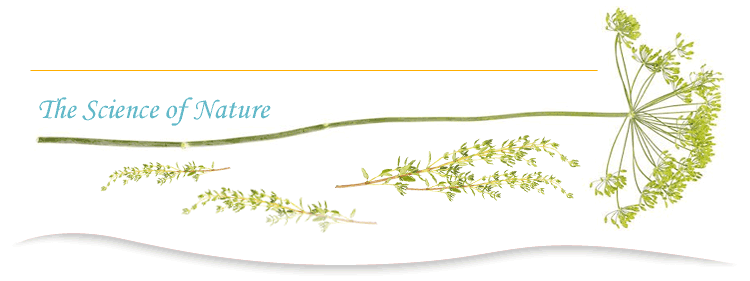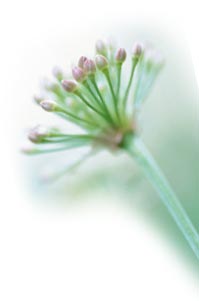

Zeaxanthin
Description
Zeaxanthin is part of a large group of antioxidant compounds called carotenoids, which also include vitamin A, alpha and beta carotene, lutein and lycopene. Like lutein, zeaxanthin is primarily concentrated in macula, the central part of the retina of the eye. Zeaxanthin is mostly concentrated in the centre of the macula while lutein is mainly found in the periphery of the macula.
Function
Although the role of zeaxanthin is not totally understood, it appears that it has a role in filtering out blue and ultraviolet light. It also has an antioxidant effect on free radicals that are produced within the eyes as a result of light exposure.
Zeaxanthin and another carotenoid, lutein, appear to have protective effects against the oxidative changes of the retina and the lens and are associated with a reduction in the development of cataracts and macular degeneration, two important conditions leading to progressive impaired vision, especially in the elderly.
Sources
As for other carotenoids, zeaxanthin and lutein are found in dark green leafy vegetables like spinach and kale. They are found in other fruits and vegetables such as carrots, broccoli, orange peppers, corn, tomatoes, papayas, tangerines.
Zeaxanthin and lutein are also often found together as dietary supplements and taken for the prevention of the development of macular degeneration.
Toxicity
None reported so far.
Important notice: please click here.
I want to learn more
Additional Sources of Information:
Scientific References
Books
PDR for Nutritional Supplements. Hendler SS, Rorvik DR, eds. Montvale: Medical Economics Company, Inc; 2001.
Scientific Articles
A prospective study of carotenoid and vitamin A intakes and risk of cataract extraction in US women. Chasan-Taber L, Willett WC, Seddon JM, et al. Am J Clin Nutr. 1999;70(4):509-516.
[Abstract]
A prospective study of carotenoid intake and risk of cataract extraction in US men. Brown L, Rimm EB, Seddon JM, et al. Am J Clin Nutr. 1999;70(4):517-524.
[Abstract]
A randomized trial of beta carotene and age-related cataract in US physicians. Christen WG, Manson JE, Glynn RJ, et al. Arch Ophthalmol. 2003;121(3):372-378.
[Abstract]
Antioxidant intake and risk of incident age-related nuclear cataracts in the Beaver Dam Eye Study. Lyle BJ, Mares-Perlman JA, Klein BE, Klein R, Greger JL. Am J Epidemiol. 1999;149(9):801-809.
[Abstract]
Antioxidant status and neovascular age-related macular degeneration. Eye Disease Case-Control Study Group. Arch Ophthalmol. 1993;111(1):104-109.
[Abstract]
Association of zinc and antioxidant nutrients with age-related maculopathy. Mares-Perlman JA, Klein R, Klein BE, et al. Arch Ophthalmol. 1996;114(8):991-997.
[Abstract]
Biologic mechanisms of the protective role of lutein and zeaxanthin in the eye. Krinsky NI, Landrum JT, Bone RA. Annu Rev Nutr. 2003;23:171-201.
[Abstract]
Dietary antioxidant intake and incidence of early age-related maculopathy: the Blue Mountains Eye Study. Flood V, Smith W, Wang JJ, Manzi F, Webb K, Mitchell P.
Ophthalmology. 2002;109(12):2272-2278.
[Abstract]
Dietary carotenoids, vitamins A, C, and E, and advanced age-related macular degeneration. Eye Disease Case-Control Study Group. Seddon JM, Ajani UA, Sperduto RD, et al. JAMA. 1994;272(18):1413-1420.
[Abstract]
Lutein and zeaxanthin in the diet and serum and their relation to age-related maculopathy in the third national health and nutrition examination survey. Mares-Perlman JA, Fisher AI, Klein R, et al. Am J Epidemiol. 2001;153(5):424-432.
[Abstract]
Lutein and zeaxanthin status and risk of age-related macular degeneration. Gale CR, Hall NF, Phillips DI, Martyn CN. Invest Ophthalmol Vis Sci. 2003;44(6):2461-2465.
[Abstract]
Macular pigment and risk for age-related macular degeneration in subjects from a Northern European population. Beatty S, Murray IJ, Henson DB, Carden D, Koh H, Boulton ME. Invest Ophthalmol Vis Sci. 2001;42(2):439-446.
[Abstract]
Macular pigment in donor eyes with and without AMD: a case-control study. Bone RA, Landrum JT, Mayne ST, Gomez CM, Tibor SE, Twaroska EE. Invest Ophthalmol Vis Sci. 2001;42(1):235-240.
[Abstract]
Neovascular age-related macular degeneration and its relationship to antioxidant intake. Snellen EL, Verbeek AL, Van Den Hoogen GW, Cruysberg JR, Hoyng CB. Acta Ophthalmol Scand. 2002;80(4):368-371.
[Abstract]
Nutritional supplementation in age-related macular degeneration. Coleman H, Chew E. Curr Opin Ophthalmol. 2007;18(3):220-223.
[Abstract]
Prospective study of intake of fruits, vegetables, vitamins, and carotenoids and risk of age-related maculopathy. Cho E, Seddon JM, Rosner B, Willett WC, Hankinson SE. Arch Ophthalmol. 2004;122(6):883-892.
[Abstract]
Serum antioxidants and age-related macular degeneration in a population-based case-control study. Mares-Perlman JA, Brady WE, Klein R, et al. Arch Ophthalmol. 1995;113(12):1518-1523.
[Abstract]
The body of evidence to support a protective role for lutein and zeaxanthin in delaying chronic disease. Mares-Perlman JA, Millen AE, Ficek TL, Hankinson SE. Overview. J Nutr. 2002;132(3):518S-524S.
[Abstract]